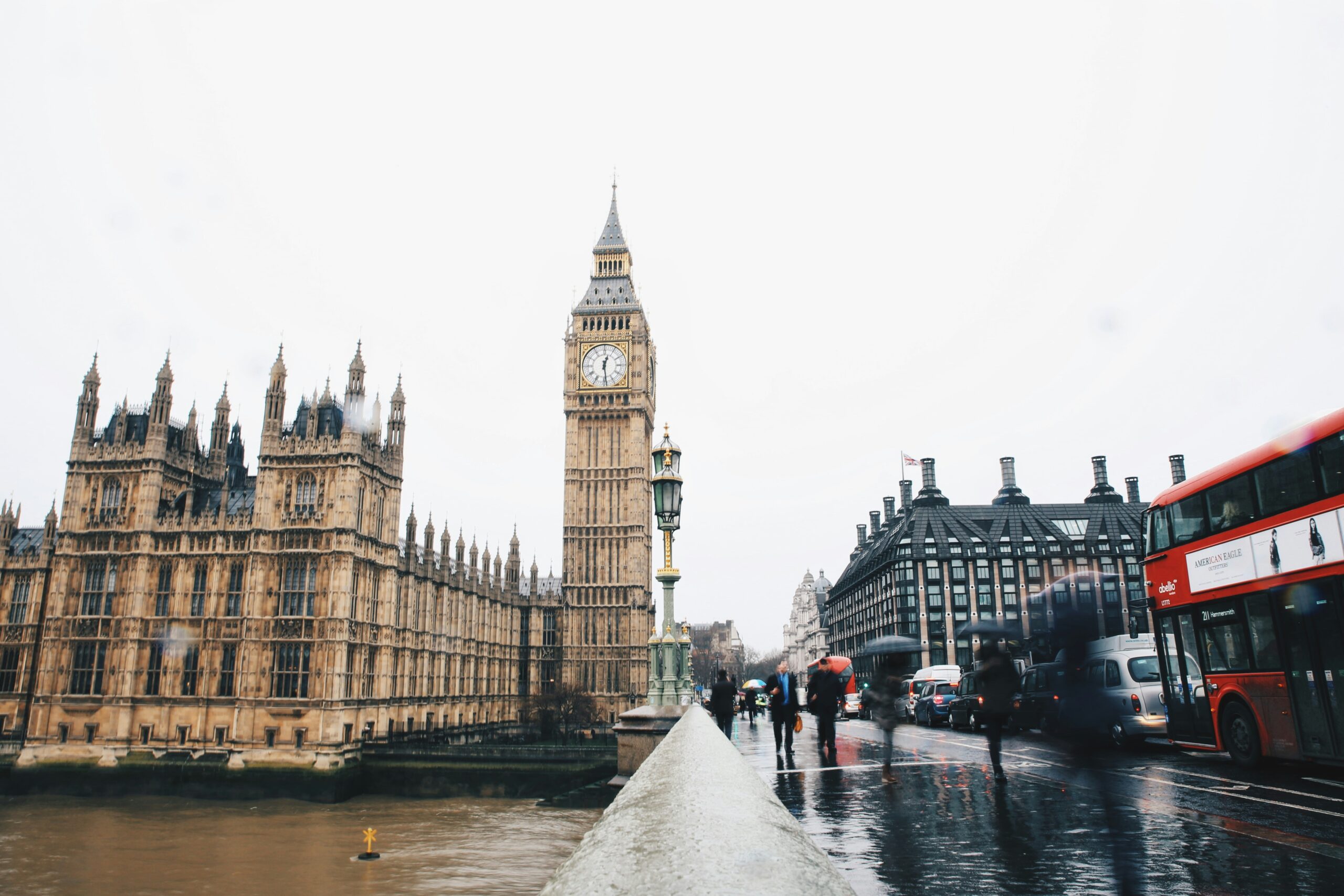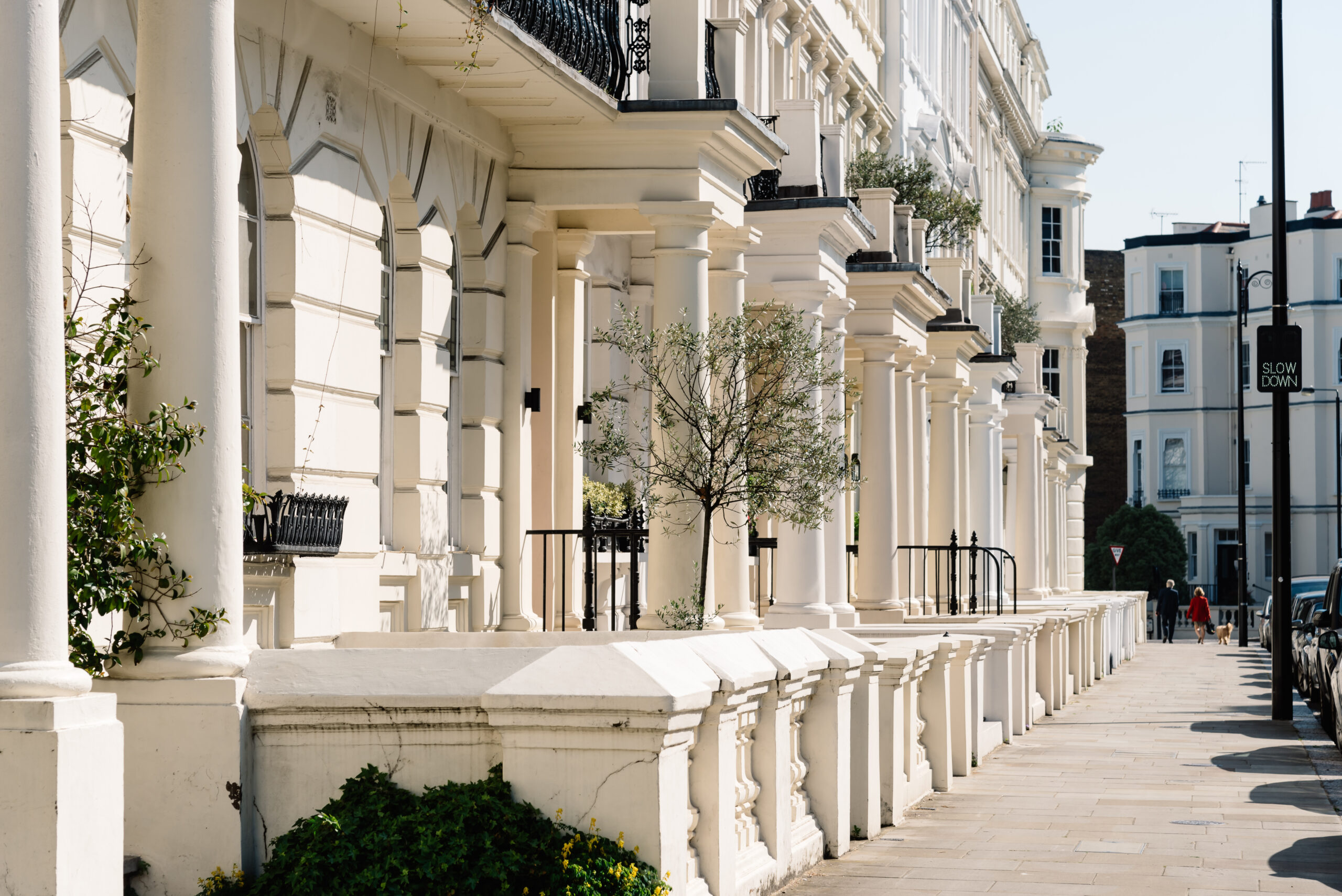In the heart of one of the world’s most iconic cities, a silent but deadly challenge looms large. Ninety-nine percent of London exceeds the World Health Organisation’s (WHO) recommended pollution particle limits. This causes 4,000 deaths a year in the capital which has the greatest percentage of deaths attributable to air pollution in England. It is clear we must do more to tackle air pollution and changing the layout of the streets is one proven, yet underappreciated, way to do it.
Existing measures, such as the Mayor of London’s Ultra Low Emission Zone (ULEZ), Low Traffic Neighbourhoods (LTN) and protected bike lanes have helped but are not enough to bring down air pollution. ULEZ works by charging drivers of non-compliant vehicles £12.50 per day. LTNs close off certain side roads and introduce bollards and planters to reduce traffic. Finally, the Mayor has implemented some protected bike lanes. However, London has 13,600 kilometres of road but only 160 kilometres of protected bike paths. This number needs to be increased to get people out of cars and onto bikes – thus reducing air pollution.
Overall, however, whilst policies such ULEZ, LTNs and protected bike lanes have yielded results, with pollution levels 21% lower than they would have been without the measures, the problem persists. At the start of 2023, air pollution in London reached the pinnacle of the UK government’s DAQI (Daily Air Quality Index) and this was London’s worst rating since 2017. Clearly, more needs to be done.
One potential solution is hidden beneath us: the street. Street design is an underappreciated field which has economic, social and environmental impacts – the way we design our streets dictates the way we interact with the world around us. If we design our streets for private cars, we will use private cars and here lies the problem in countless cities around the world: our cities are designed for cars, not people.
This issue is especially prevalent in the USA, where New York has been setting an impressive example. In most of America it is almost impossible to get around without a car with 92% of households owning a car. However, New York still manages to maintain a better traffic and emission level than London, how is this so?
New York has implemented a method of street design which prioritises the pedestrian and the cyclist over the motorist. These were started by the then Traffic Commissioner Janette Sadik Khan, who is responsible for making the pedestrianised Times Square we know today. She changed the streets by making protected bicycle lanes, wider pavements, narrower roads, fewer lanes and more pedestrian crossings.
These reforms combined with greater public transport provision drove people away from cars and towards cycling, walking and using public transport. This has led to New York City having the lowest percentage of car ownership in America, at 45%, and fewer cars than London with only two million cars compared to London’s 2.6 million cars. This reduction in car ownership is key to bringing down air pollution as in both New York and London road vehicles are the biggest contributor to road pollution and even a change as easy cycling or walking one day a week can make a major difference by dropping each persons’ carbon footprint by 0.5 tonnes a year.
There is plenty that London can take from New York’s improvements. First, it can introduce more protected bike lanes. Protected bike lanes help those who do not cycle as they do not feel safe; they separate the bikes from the cars and prevent any crashes. As previously mentioned, there are already some protected bike lanes in London and these have been successful with the 2015 implementation leading to an increase of up to 50% of cyclists on certain paths.
Secondly, London needs to widen its pavements and narrow its road lanes. The average lane width in London is 12 feet – this is too wide and allows cars to feel safe travelling at high speeds whilst reducing the space for pedestrians and cyclists. If lanes are narrowed to ten feet, as they have been in New York, the benefits will be two-fold. First, this reduces the speed of cars and thus also reduces emissions by preventing brash accelerating and decelerating, which is a key cause of car emissions. Secondly, ten-foot lanes free up between four to six feet on the road which can be used to implement a new bike lane or more pedestrian crossings which reduces emissions by allowing more people to cycle or walk rather than drive.
Overall, whilst street design is a relatively unknown field it can have a major impact on London’s emissions by reducing the number of Londoners driving and increasing the number who cycle, walk or take public transport.
Matte Sandroshvili is currently doing work experience at Bright Blue. Views expressed in this article are those of the author, not necessarily those of Bright Blue. [Image: Tamara Menzi]





